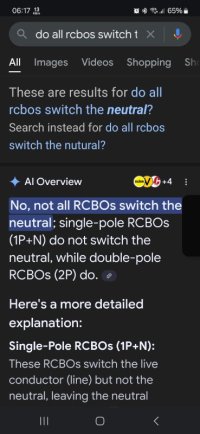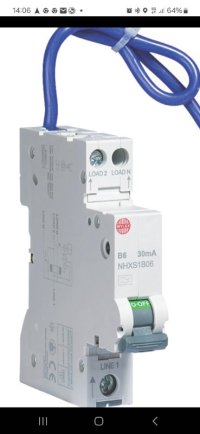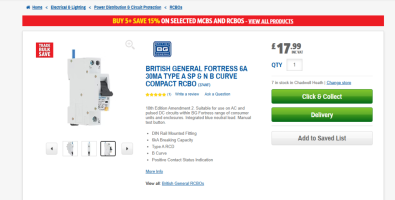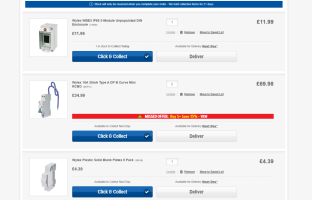This is probably why it can be so confusing to people,,,, and normally why every RCBO will have on the reviews and comments... " Does this switch the natural?"
..

...
AI Overview
No, not all RCBOs switch the neutral; single-pole RCBOs (1P+N) do not switch the neutral, while double-pole RCBOs (2P) do.
Here's a more detailed explanation:
Single-Pole RCBOs (1P+N):
These RCBOs switch the live conductor (line) but not the neutral, leaving the neutral connection intact.
Double-Pole RCBOs (2P):
These RCBOs disconnect both the live and neutral conductors during a fault, providing additional safety.
UK Standard:
In the UK, RCBOs are permitted to be single-pole devices for circuits having neutral conductors reliably at Earth potential (TN-S or TN-C-S systems).
When to use double pole RCBOs:
Double-pole RCBOs are preferred for enhanced safety, particularly in installations with higher safety requirements.
Regulations:
Regulation 531.3. 1 requires an RCD to disconnect all live conductors (line and neutral in a single-phase circuit), however, Regulation 531.3. 1.201 permits single-pole switching where the neutral is in a TT or TN system.
,....,....
So basically you need to check that the individual item has the feature
The wylex DP version has.
But the cheaper BG brand doesn't.
Both are 30mA 16A RCBO
The layout is normally stamped on the side of casing.
















